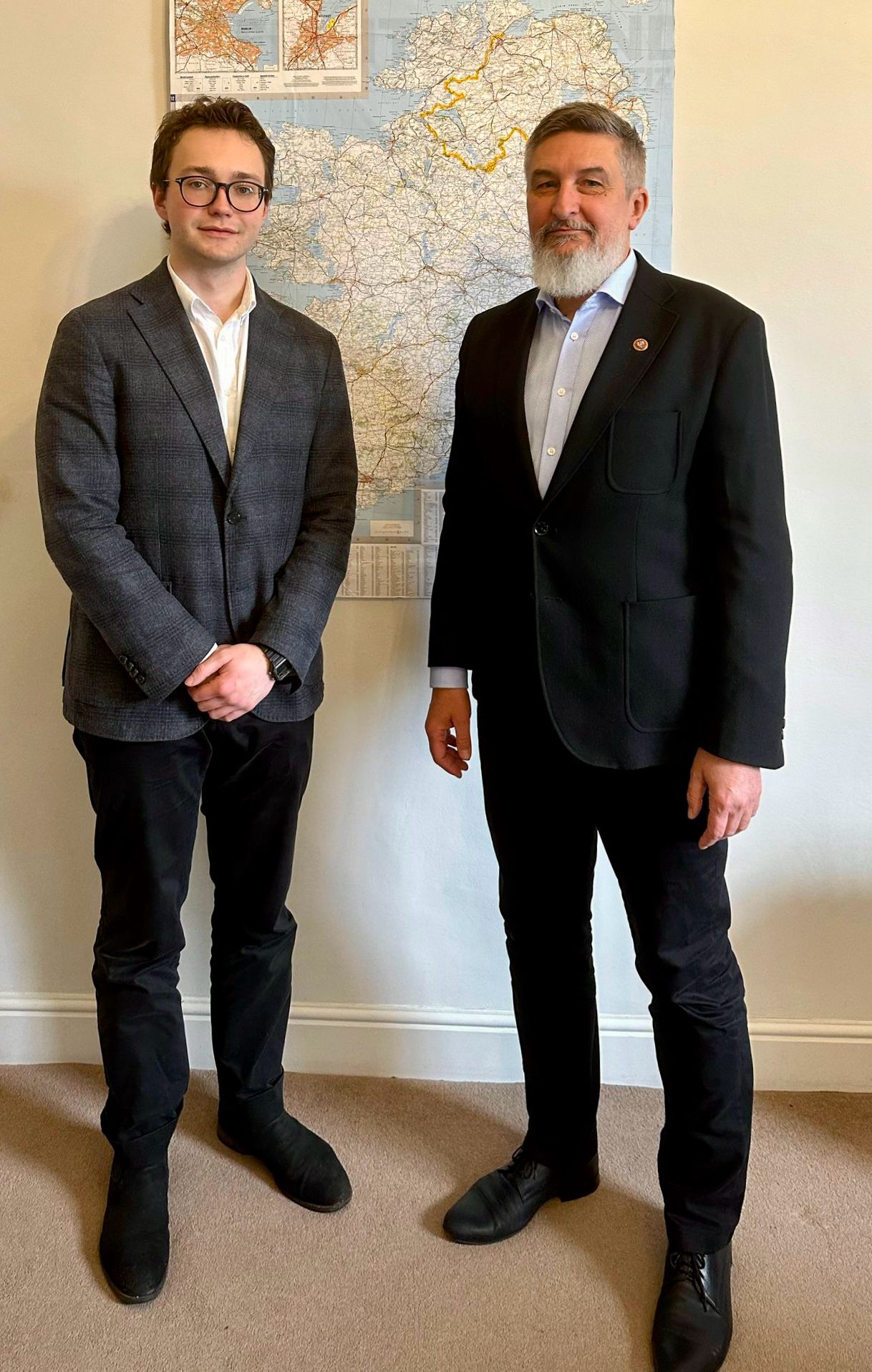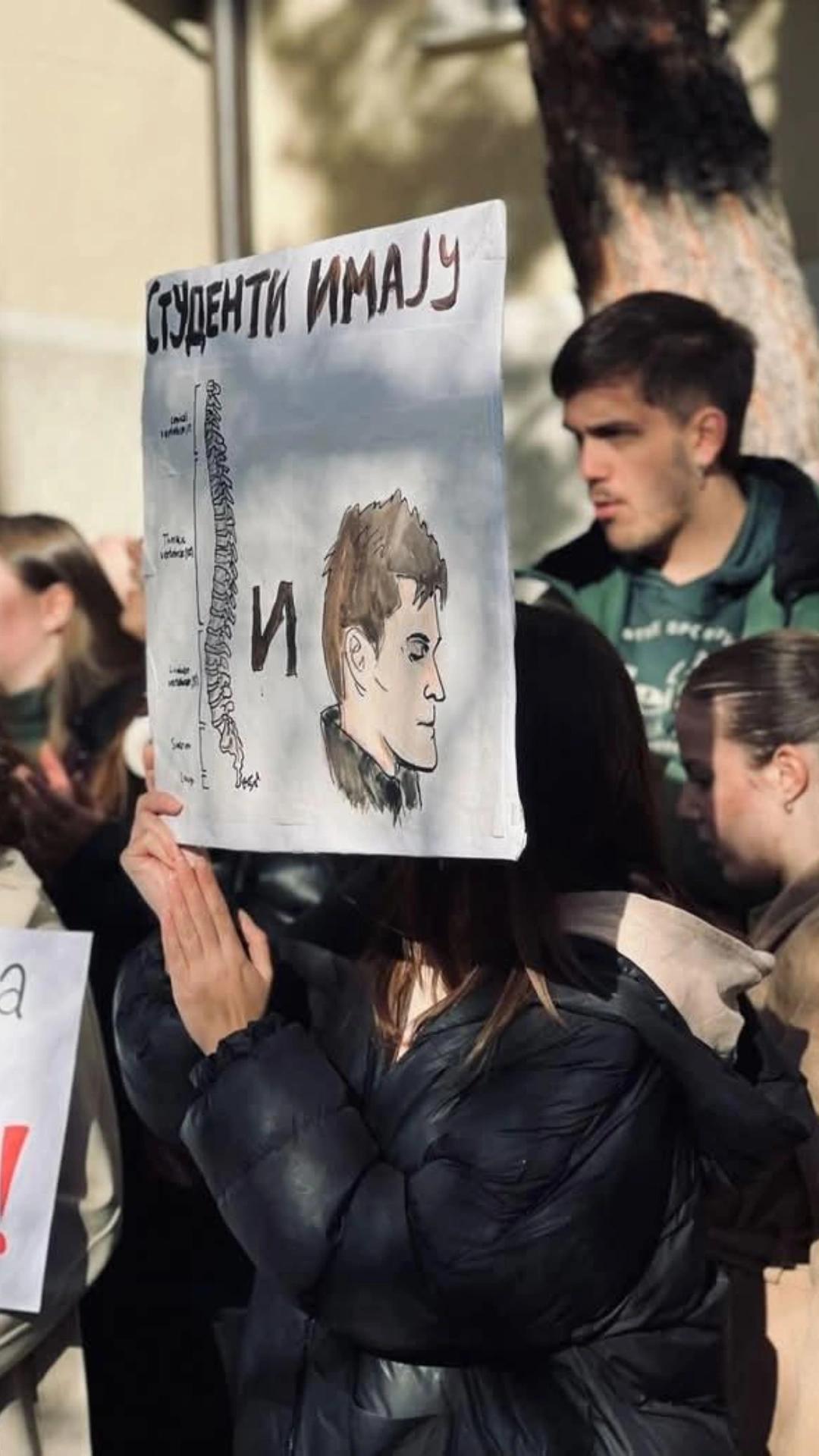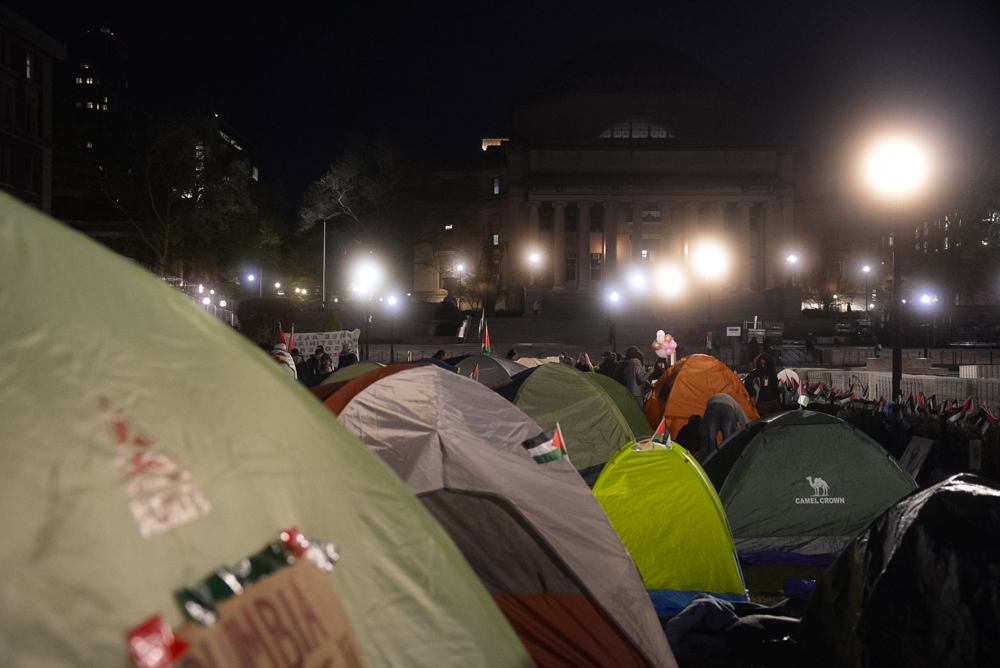The team fronted by former technical director Ken Anderson and Peter Windsor can by no means be counted as a success. US F1 was certainly an ambitious outfit; it was aiming to be the only F1 team based outside of Europe, with their factory located in Charlotte, North Carolina. F1 CEO Bernie Ecclestone clearly wanted to expand F1 into the US market. The US F1 goal of providing an all-American line up backed by US sponsors was music to the F1 front man’s ears.
But the team was all smoke and no fire. US sponsors had no reason to invest. The team said it was only interested in ‘the biggest and the best sponsors’. Its rumoured potential clients of Google and Youtube simply didn’t need to advertise due to their already well-known brands. By mid-February, it was widely reported that the team was in imminent danger of collapse due to financial problems, and that Hurley had withdrawn his backing from the project.
Founder Ken Anderson said that the team were asking the FIA if it could miss the first four races of the season. In late February, senior team personnel accused Windsor and Anderson of fundamentally miss-managing the team. FIA technical delegate Charlie Whiting inspected the team’s facilities in order to assess its readiness for the 2010 season. A week later it was revealed the team ‘was not capable of competing’. The team’s assets were seized by their creditors. The high court put them for sale on eBay to pay off the team’s creditors. The half completed chassis of the team sold for a mere €25,000.
HRT F1/ Campos Racing
This Spanish Formula One team founded by former driver Adrián Campos was the first Spanish team to race in Formula One. It was sold to José Ramón Carabante before its debut in 2010 due to cash flow issues as Campos could not afford to pay €7million to chassis manufacturers Dallara. Hispania parted company with Dallara in May 2010 after the partnership between the two companies had become tense due to the car’s lack of performance.
The team sought an alternative technical deal to assist. It was once again sold in 2010 to investment group Thesan Capital. In an attempt to gain sponsors the team named Bruno Senna as the team’s first driver. Karun Chandhok was later confirmed as the team’s second driver. The team has since floundered and are seen by many as simply moving obstacles for larger budget teams to manoeuvre around. The team was at one point 11 seconds off pace. One can only question the future of the team in motorsport. The team looks bound to be sold by Thesan Capital who will undoubtedly sell the team to the highest bidder. This may happen as soon as 2013, with Voltswagen making early indications that it will consider entering a team in the championship. It will therefore have to purchase a grid slot, Thesan Capital will of course be eager to hear any offers. The team as it is today has no future in motorsport.
Virgin Racing/ Manor Grand Prix
Manor Grand Prix shortly after its instatement in F1 was purchased by Richard Branson’s Virgin Group. The group is also the title sponsor of the team who use engines supplied by Cosworth. Since the team was formed, it had been in a partnership with Russian car manufacturer Marussia. In November 2010, Marussia acquired a controlling stake in the team and guaranteed the team’s future until 2014.
The team recently announced that they had split with Wirth Research after a lengthy internal review led by former Renault engineering director Pat Symonds found that the team’s CFD-only approach had not yielded the expected results. They are consistently off the pace of other teams. Pat Symonds has been retained as a technical consultant, as he cannot be employed directly until his “Crashgate” ban expires ahead of the 2012 season. The team has abandoned using CFD as its sole R&D tool and signed an agreement with McLaren to use their technical facilities, simulators and wind tunnel. Limited resources have not ensured utter failure but the team is in need of immediate and substantial improvement.
Team Lotus
By far the most successful new F1 team , Team Lotus was set up by a group of Malaysian businessmen, using a licence from Lotus Cars owner Proton to use the Lotus name in Formula One. The team gained its entry after BMW announced they would withdraw from Formula One at the end of the 2009 season. They joined Virgin Racing and Hispania Racing as new teams for 2010.Lotus Racing made their debut at the Bahrain Grand Prix, with both Kovalainen and Trulli being classified as finishers in 15th and 17th respectively, even though Trulli retired with hydraulics issues on the final lap, Lotus finished the 2010 season tenth in the final constructors’ standings, courtesy of a 12th place finish from Kovalainen at the Japanese Grand Prix, beating fellow new teams Hispania and Virgin. Kovalainen’s Lotus was also the first of the new teams to have featured in the second qualifying session for the both the Malaysian Grand Prix and the Belgian Grand Prix. Lotus Racing continue to be the closest team to the established Formula 1 teams and deserve credit for their investment in the sport and their motivation to become part of the F1 elite.







